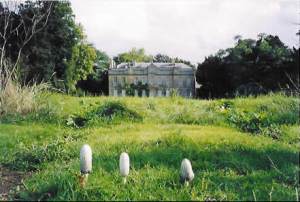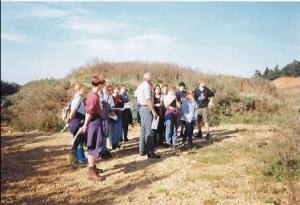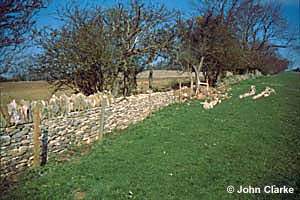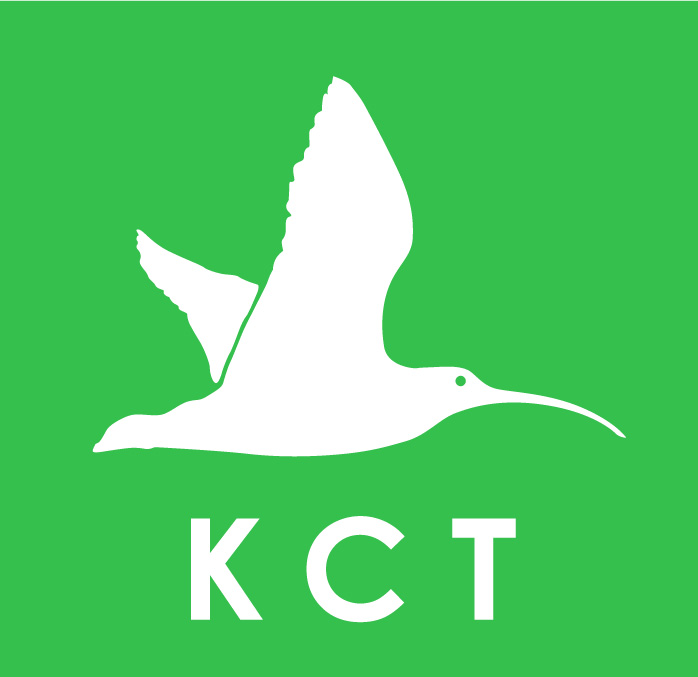|
Some of the Trust’s most important work relates to
educating the public about conserving and encouraging wildlife. It promotes the message that many of
Britain’s most cherished ‘natural’ landscapes were shaped by farmers and foresters using the land in the same way
over many centuries. These landscapes need to be carefully managed if their extraordinary beauty and
ecological diversity is not to be lost forever.
|
The principal ways the Trust
conveys its message are:
|

Lawyer's wig (shaggy inkcap) in the park at Kemerton Court
|
Schools Initiative
Through its Schools Initiative the
Trust encourages educational visits to its wildlife sites by local school children, including
Kemerton Lake Nature Reserve, which has a dipping platform and two
bird-watching hides for use by schools.
Forest
School
Forest School is a nationwide
scheme which aims to provide children of all ages with areas of woodland in which to play and
learn. The Trust provides a site in South Wiseacre Wood, Kinsham, where children have the
opportunity to learn about the natural environment, and how to solve problems and co-operate with
others. The Forest School programme runs for around 36 weeks throughout the year. For more information on Bredon Forest School please visit the Bredon Forest School website. For more information on the national scheme please visit the National Forest School website.
|

School visit to Kemerton Lake
|
Back to Top
| The Trust provides
practical training in conservation for volunteers. It teaches countryside skills such as hedge
laying and dry stone walling. When funding permits it provides training for temporary
part-time workers. |

Stone walling by volunteers at Roundhill |
Back to
Top
Internet:
In addition to its own website, generously maintained by volunteers, The Trust has contributed
material to the ‘National Farm Walk’ and ‘Biodiversity’ sections of the FWAG website.
Television:
-
Countryfile (BBC1) featured Trust habitats and staff in an item on Plantlife’s cowslip survey.
-
Time Team (Channel 4), featured the archaeology of farmland in Kemerton managed
by the Trust
-
Talking Landscapes (BBC2), featured farmland managed by the Trust
-
Most recently, Gardeners' World (BBC2) featured the Trust's work at Daffurns
Orchard, (Spring 2008)
Back to
Top
Published Items:
- Abel C. (2001) Making Room For Arable Wildflowers. Farmers Weekly.
June 22-28. Quadrat Publishing
- Clarke J & P (1984) Kemerton Estate – Natural History. Report on a years study.
Kemerton Trustees Ltd, Gloucestershire
- Clarke J & P (1988) Reconciling Farming with Wildlife- A case Study of
Conservation Management Techniques on Kemerton Farm 1983-87. Kemerton Trustees Ltd,
Gloucestershire
- Clarke J. Morgan C.C. (2001) Experimental Monitoring project At Kemerton.
Worcestershire Record, Newsletter of the Worcestershire Biological Records Centre Number 10,
p11
- Clarke J. Morgan C.C. (2001) Practical Arable Wildflower Conservation on the Kemerton Estate. Fields of Vision, a
future for Britain’s Arable Plants- Proceedings of a Conference. p184, RSPB, English
Nature
- Deane R (1989) Expanded Field Margins: Their costs to the farmer and benefits to
wildlife. Report commissioned by Nature Conservancy Council.
Kemerton Trustees. Ltd,
Gloucestershire
- Fraser A.J.L (1993) Report on Kemerton Estate- Transfer of interest to the Kemerton
Trustees Ltd. Worcestershire Nature Conservation Trust, Worcestershire
- Napham M. Jackson R. Pearson E. Ratkai S (1997) Salvage Recording at Huntsmans Quarry
Kemerton 1994-6: Post – Excavation and Assessment and Updated Project Design. County Archaeological
Service, Hereford and Worcester County Council
- Whitehead P&J (1991-96) The Biological Survey of Kemerton Estate Reports
1-5.Kemerton Trustees Ltd, Gloucestershire
Internal Documents:
Back to Top
| 










